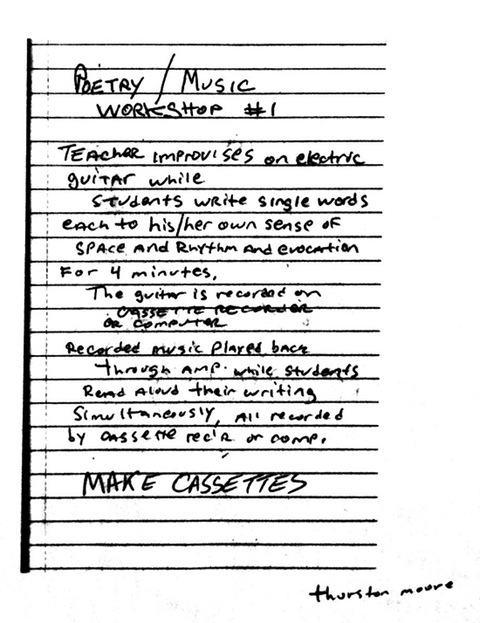A few weeks ago, we featured George Orwell’s 1944 letter revealing the ideas that would lead him to write his still widely read, and even more widely assigned, novel/anti-authoritarian statement 1984. The book would come out five years later, in 1949, suggesting that Orwell worked at a pretty good clip to turn out a book of such high stature. Alas, he never lived to see it attain its current place in the culture, and barely even to see its publication. It turns out Orwell had to work faster than you may expect; beset by poor health in various manifestations, he had to finish off the novel’s manuscript, which he had then tentatively titled The Last Man in Europe, before his conditions finished him off. “I am not pleased with the book but I am not absolutely dissatisfied,” he wrote his agent of the rough draft. “I think it is a good idea but the execution would have been better if I had not written it under the influence of TB.”
That typically gray but hardy Blairian observation (as in Eric Arthur Blair, Orwell’s given name, taking into account that “Orwellian” has, owing to 1984, a meaning of its own) comes from Robert McCrum, writing in The Guardian of the author’s struggle to complete the book by the end of 1948. “It was a desperate race against time. Orwell’s health was deteriorating, the manuscript needed retyping, and the December deadline was looming.” Feeling beyond help, he “followed his ex-public schoolboy’s instincts: he would go it alone. [ … ] Sustained by endless roll-ups, pots of coffee, strong tea and the warmth of his paraffin heater, with gales buffeting [his borrowed house on a remote Scottish island] night and day, he struggled on. By 30 November 1948 it was virtually done.” On June 8th, the book appeared in England’s bookstores, met by acclaim from Winston Churchill himself on down. Orwell died on January 21, 1950, 64 years ago this past Monday.
Above, we’ve included images of 1984’s manuscript from GeorgeOrwellNovels.com (click on each for a larger version), and you can learn more about it at The Fiction Desk. Do consider giving a read — or, better yet, a re-read — to Orwell’s 1946 essay “Why I Write,” from which McCrum quotes to illuminate the writer’s drive to complete this harrowing final work: “Writing a book is a horrible, exhausting struggle, like a long bout of some painful illness. One would never undertake such a thing if one were not driven by some demon whom one can neither resist or understand.”
Read more about this story at The Guardian.
via Reddit
Related Content:
George Orwell Explains in a Revealing 1944 Letter Why He’d Write 1984
George Orwell’s 1984: Free eBook, Audio Book & Study Resources
The Only Known Footage of George Orwell (Circa 1921)
Colin Marshall hosts and produces Notebook on Cities and Culture and writes essays on cities, Asia, film, literature, and aesthetics. He’s at work on a book about Los Angeles, A Los Angeles Primer. Follow him on Twitter at @colinmarshall or on his brand new Facebook page.










